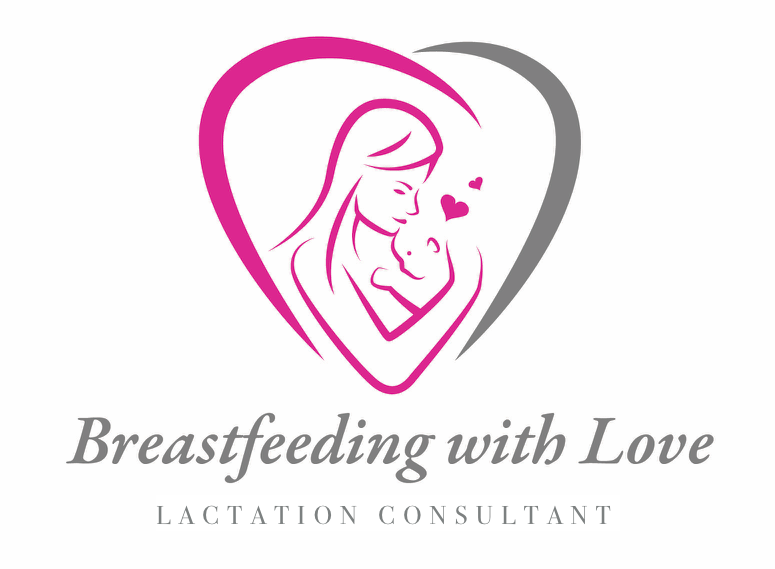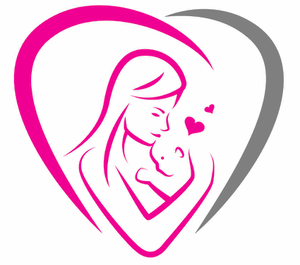Breastfeeding And Shingles
Shingles, also known as the Herpes Zoster Virus or Varicella- Zoster (VZ) causes Shingles. It is a viral infection that causes a painful rash and blisters. This is the same virus that causes the Chicken Pox, when the illness is reactivated later on in life, at any age. The Shingles virus travels along a nerve pathway to your skin. With Shingles, the rash with blisters contains the virus. It can appear on your back, neck, stomach, face or neck. It can also appear under your armpits, near your breasts. Once a breastfeeding mom is diagnosed, the question is can you now breastfeed your baby? Your baby cannot get Shingles from your breast milk. However, if you have lesions or blisters on your skin near your breast that is open or oozing fluids, you should not breastfeed. You do not want your baby to have direct contact with these blisters. Speak to the pediatrician about further exposure for your newborn.Your doctor will decide what medication to put you on. Tell your doctor that you are breastfeeding. Let's go over a few drugs that may be good while breastfeeding. I looked them up in Dr. Thomas Hale's Book, Medications and Mother's Milk. Acyclovir- Zovirax, Lipsovir, Apo-Acyclovir, Avira can be used and have a minor affect on the newborn baby. It does transfer in small amounts in breast milk. Moms with lesions on the areola or nipple, should not breastfeed. Famciclovir: Famvir- It is probably safe. At this time, there is no data on transfer into breast milk. Valacyclovir or Valtrex- this drug transfer into breast milk. However, it is safe for infants with few reported side effects. When can a breastfeeding mom start to breastfeed again? If the lesions are only on one side of your breast, you can breastfeed on the unaffected area. Try to cover the lesions just to take extra precautions, on the other side while breastfeeding.A newborn has a weakened immune system, therefore, has the highest risk of catching the virus. The virus spreads when the baby is in contact with the lesion. Wait until it scabs over and you are no longer contagious to breastfeed. The mother needs to pump her breast milk only when she remains clinically infectious. The breast milk can be given to the baby only if there are no active lesions on the breast. (Lawrence and Lawrence, 2005) If the doctor tells you that you need to pump and dump while the sores are healing, then you need to temporarily think of an alternative form of nutrition for your child. Luckily, this will last for a short time.As soon as the mother becomes noninfectious, it is okay to breastfeed in the United States.(Lawrence and Lawrence, 2005) If you, as a mom, help your daughter while she breastfeeds, comes into contact with her lesions, washes your hands well. Shingles are only contagious if you have not had the chicken pox. It is contagious if the blister is open and oozing. Wear gloves if you need to help her. Older people need to think about getting a Shingles shot. In conclusion, Shingles are contagious as long as the lesions, blisters are open and oozing. Therefore, take precautions while breastfeeding. Ask your doctor and the pediatrician for advice. I am so sorry you are going through Shingles.I have had a family member go through this, so I know the pain one experiences while recovering. I hope you enjoy breastfeeding your child very soon.

